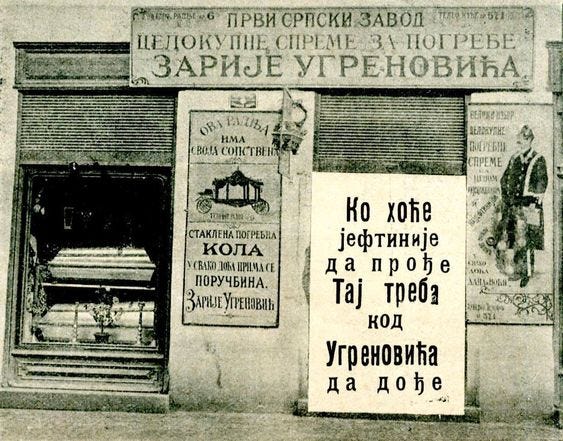From the Balkans, with Love
Smoky Cafes, the Art of Wandering and Beeswax Candles for the Slavic Gods | Belgrade, Serbia
Keep reading with a 7-day free trial
Subscribe to Under a Fig Tree to keep reading this post and get 7 days of free access to the full post archives.





